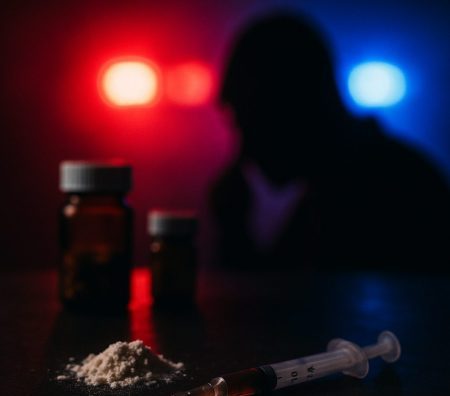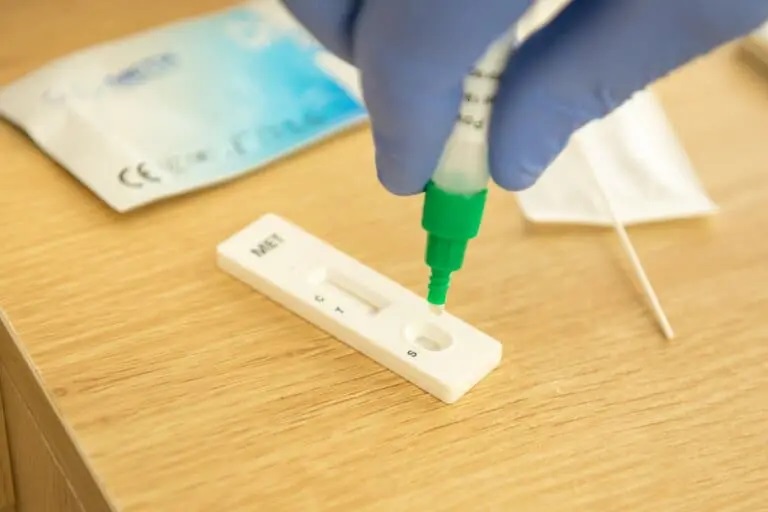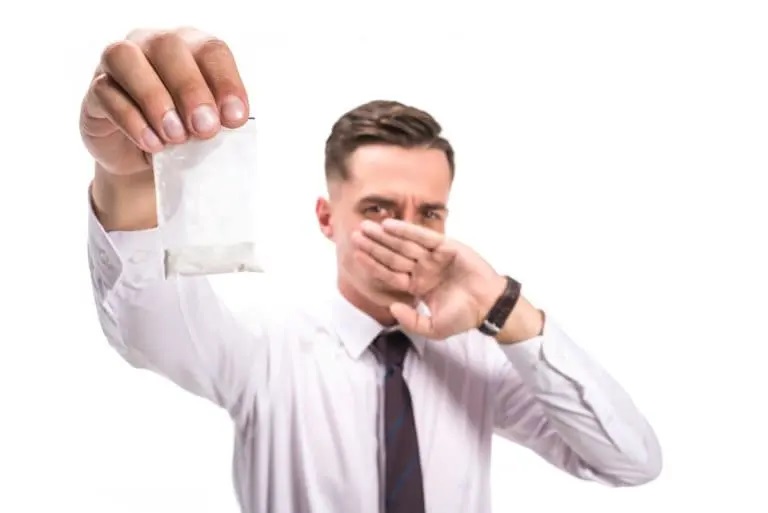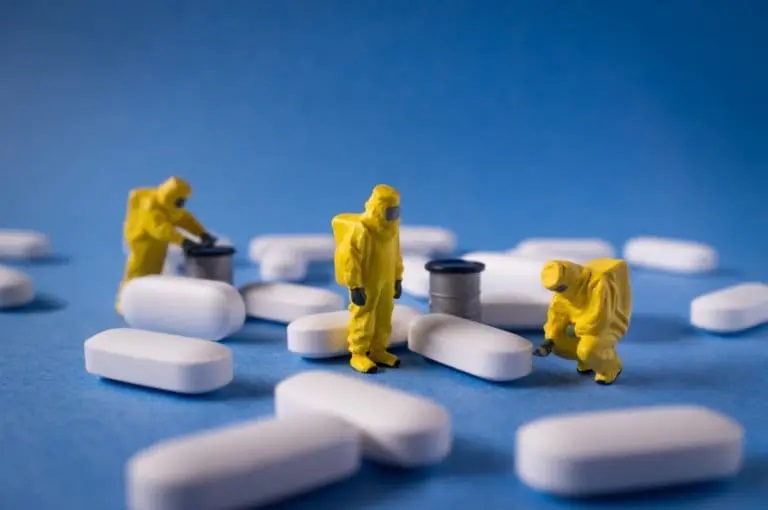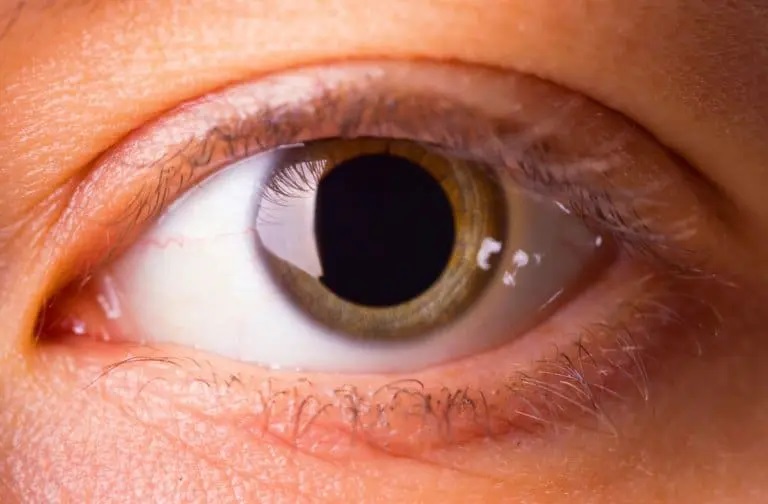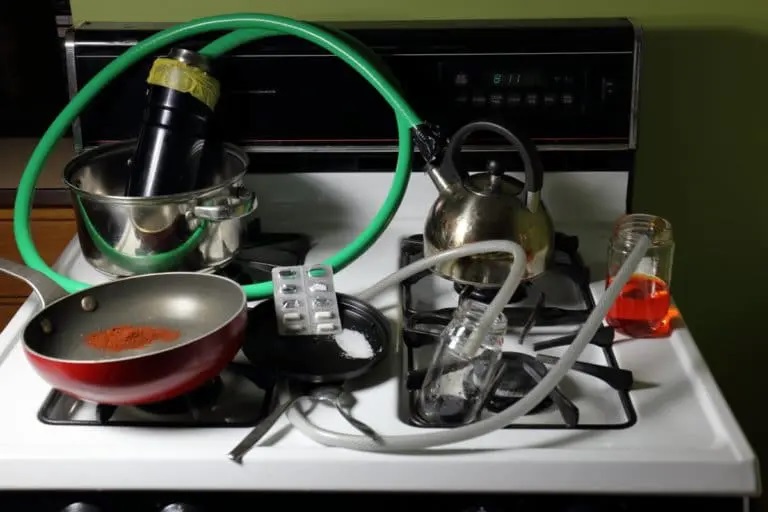Are you or someone you love struggling with substance addiction and considering getting professional help? Then it’s time to recognize the challenges that may come up during the recovery process, like post acute withdrawal syndrome (PAWS). PAWS is a long-term condition that can affect people who have stopped using alcohol or drugs, and can cause significant suffering, particularly if untreated.
In this article, we’ll explore what post acute withdrawal syndrome is, the symptoms it causes, how long it lasts, and some tips on dealing with its effects. Understanding PAWS can help you or someone you care about make a successful recovery from addiction.
Table of Contents
What Is Post Acute Withdrawal Syndrome?
Post Acute Withdrawal Syndrome (PAWS) is an extended period of withdrawal symptoms that can occur after the acute withdrawal phase. During this time, you may experience difficulty controlling your emotions and cravings for drugs or alcohol. PAWS occurs when people have successfully gone through detoxification and stopped using substances. As the name suggests, PAWS occurs at a later stage of recovery after acute withdrawal–which can last from several days to weeks–has ended.
PAWS is believed to be caused by damage that has occurred in the brain’s reward system due to substance abuse. This damage results in a “down regulation” of neurotransmitters like serotonin, dopamine, and norepinephrine, resulting in certain withdrawal symptoms. PAWS can affect both physical and psychological functioning, as well as interfere with your ability to stay sober.
If you have been using drugs or alcohol for a long period of time, PAWS may be more severe–lasting longer and causing more intense symptoms. Everyone experiences PAWS differently. It is best to consult a medical professional when considering treatment options.
Note that PAWS isn’t limited to just substances like drugs or alcohol; it can also occur after someone has stopped using tobacco products or even prescription medications. When developing a recovery plan make sure to consider the specific substances used and how long they were used for.
Post Acute Withdrawal Symptoms
The symptoms of PAWS vary from person to person, but generally include physical, psychological, and cognitive side effects. These can range from mild to severe and may last for several months or even longer. Common physical symptoms include insomnia, fatigue, headaches, nausea, sweating, and muscle aches. Psychologically speaking, you may experience depression and anxiety as well as difficulty with concentration and memory problems. Cognitively there may be issues with judgment and an inability to process information quickly or make decisions efficiently.
PAWS can also cause emotional issues, such as irritability, mood swings, and difficulty regulating emotions. This can make it difficult to engage in meaningful conversations or relationship building and can lead to isolation if left untreated. Many people find themselves avoiding social situations due to fear or anxiety related to the side effects of PAWS. If you’re struggling with PAWS, it’s time to seek out supportive people who can provide an understanding and non-judgmental space for you during this time.
In addition to these symptoms, you may experience cravings for the substances you used before quitting. These cravings are often intense and can be very difficult to deal with on one’s own. Therefore, professional help is recommended if you are trying to overcome PAWS, as it can be a crucial part of the recovery process.
Note that PAWS is not an indication of failure in sobriety but rather just another obstacle on the road to recovery. It’s never too late to take control of your life and start down the path towards healing. With commitment and perseverance, you can overcome this difficult stage of recovery and move forward with a healthier lifestyle.
How Long Does Post Acute Withdrawal Syndrome Last?
The duration of post acute withdrawal syndrome (PAWS) varies from person to person, but it usually lasts between 6 and 24 months after the last use of an addictive substance. If you have been using regularly for a long period of time, PAWS may be more severe–lasting longer and causing more intense symptoms. Realize that everyone experiences PAWS differently, so it’s best to consult a medical professional when considering treatment options.
When you are in PAWS, it can be tempting to use your substance of choice or another substance so you feel better. Do not do this. Besides the increased risk of overdose by using substances without tolerance, using substances again can dramatically increase the amount of time you will be in PAWS for.
Tips On Dealing With Post Acute Withdrawal Syndrome
In order to successfully manage PAWS, you must stay dedicated to your recovery plan and practice self-care on a regular basis. This includes eating healthy meals, getting plenty of restful sleep, exercising regularly, engaging in meaningful activities or conversations, and avoiding triggers or situations that may lead to a relapse.
These practices help to reduce the intensity of PAWS symptoms and make it easier for you to stay on track with your recovery. Make sure to reach out for professional help if needed–therapy or medication can be very helpful in managing the symptoms of PAWS.
Natural remedies
Natural remedies for PAWS can play an important role in helping you manage your symptoms and stay dedicated to your recovery plans. Some strategies that may be beneficial include: yoga or meditation, journaling, mindful eating, reducing stress levels through activities such as walking or listening to music, engaging in social activities with supportive people, and making sure to get regular exercise.
Proper nutrition
Focus on proper nutrition while managing the symptoms of PAWS. Eating a balanced diet that includes plenty of fruits and vegetables can help to reduce cravings and fatigue, while avoiding processed foods and refined carbohydrates can keep energy levels stable throughout the day. Staying hydrated and drinking herbal teas such as ginger or chamomile may be beneficial for calming anxiety and improving sleep quality.
Medication Assisted Treatment
Sometimes people use Medication Assisted Treatment (MAT) like methadone and buprenorphine when they are coming off opioids, to lessen the effects of PAWS. This can be tremendously effective, but you need to make sure that you are using these medications under the care of a professional. This cannot be overstated. Attempting to use MAT without professional guidance will likely mean that you will end up addicted to the MAT, and this can be just as harrowing as being addicted to street drugs.
Ultimately, it is down to what works best for you. Make a plan and stick to it. Remember that when you’re in the grips of PAWS it may feel like it’s going to last forever, but it will end.
Inpatient Residential Rehab
The absolute best advice you can get for dealing with PAWS is to make a solid start on recovery by going to an inpatient residential rehab. There is no better place to do this than Wellbrook
Recovery. Our team knows exactly what to expect from PAWS, and will be able to give you the info you need to navigate successfully through it and out the other side, towards a long, happy and prosperous recovery.






